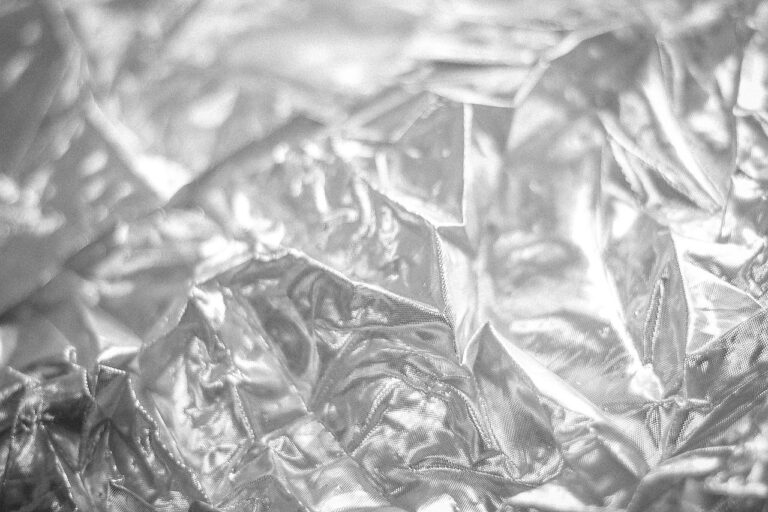Fashion and Textile Recycling Programs
Fashion and textile recycling play a crucial role in reducing the environmental impact of the fashion industry. By recycling textiles, we can minimize the amount of waste ending up in landfills, which helps to reduce pollution and conserve valuable resources. The production of textiles involves significant energy consumption and water usage, so by recycling, we can lessen the demand for new raw materials, lowering the environmental footprint of the fashion industry.
Furthermore, textile recycling enables the reuse of materials, extending their lifespan and reducing the need for new production. This not only helps to minimize the amount of waste generated but also decreases the carbon emissions associated with manufacturing new textiles. By promoting a circular economy for textiles through recycling, we can contribute to a more sustainable and environmentally-friendly fashion industry.
How Fashion and Textile Recycling Programs Benefit the Environment
Fashion and textile recycling programs play a crucial role in preserving the environment by reducing waste and minimizing the impact of textile production on the planet. Through recycling, clothing and textiles can be repurposed or transformed into new items, extending their lifespan and diverting them from landfills.
By incorporating recycling programs into the fashion industry, there is a significant reduction in the need for raw materials, energy consumption, and water usage. This not only lessens the environmental footprint of clothing production but also helps to decrease greenhouse gas emissions associated with textile manufacturing. Overall, fashion and textile recycling programs contribute to a more sustainable and eco-friendly approach to the fashion industry.
Why is fashion and textile recycling important?
Fashion and textile recycling is important because it helps reduce the amount of waste that ends up in landfills, conserves energy and resources used in the production of new clothing, and reduces the environmental impact of the fashion industry.
How do fashion and textile recycling programs benefit the environment?
Fashion and textile recycling programs benefit the environment by reducing the amount of waste that goes into landfills, conserving resources such as water and energy, and reducing the carbon footprint of the fashion industry.
What happens to old clothes and textiles that are recycled?
Old clothes and textiles that are recycled are either repurposed into new clothing or other textile products, or they are broken down into fibers and reused in other applications such as insulation or furniture stuffing.
How can I participate in fashion and textile recycling programs?
You can participate in fashion and textile recycling programs by donating your old clothing and textiles to organizations that accept them for recycling, shopping for second-hand clothing, and supporting brands that have sustainable practices in place.
Are there any benefits to participating in fashion and textile recycling programs?
Yes, participating in fashion and textile recycling programs not only benefits the environment by reducing waste and conserving resources, but it can also help support local communities and promote a more sustainable fashion industry.





